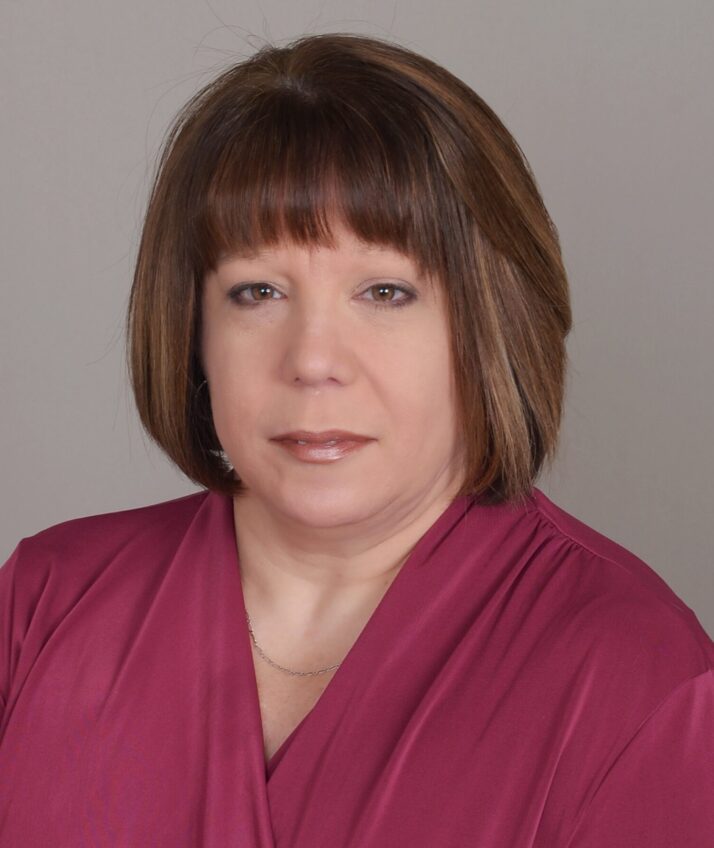
In a recent letter to leaders in Congress, the Association for Professionals in Infection Control and Epidemiology (APIC) highlighted the “astonishing lack of attention to infection prevention and control in nursing homes, ” pointing to the one to three million serious infections that the CDC estimates occur each year in long-term care facilities.
Much of the practice of infection prevention and control requires staff — clinical staff to enforce precautions and perform procedures with proper aseptic technique, nonclinical staff to clean and disinfect, etc. But, throughout the nation, LTC staff is in short supply these days.
Cleaning and disinfection are critical to preventing the spread of infection between the physical environment and patients and healthcare workers alike, but in reality, the process is often inadequate in long-term care facilities.
A study published last year found that over 90% of surfaces in 11 facilities had either failed cleaning assessment scores or tested positive for an indicator of fecal contamination. Studies have linked lapses in cleaning and disinfection procedures to outbreaks, while other research has shown wide variability in cleaning and disinfection practices among different facilities.
The shortage of environmental service workers certainly doesn’t help.
Spurred on by the recent COVID pandemic, during which several large outbreaks devastated residents and staff, our facility began investigating methods to improve our environment of care. These efforts included several traditional cleaning interventions as well as ultraviolet technology, and while they all provided benefits, a common failure point was having staff available to facilitate the intervention. We quickly realized that we needed to look for solutions that were more passive and required minimal staff oversight.
Fast forward to June 2023, when the results of our evaluation of a solution that fit that description were published in the American Journal of Infection Control (AJIC). Our investigation aimed to determine whether deploying an automated and continuous “no touch” technology utilizing Dry Hydrogen Peroxide (DHP) could be effective in the long-term care environment.
This technology works by reducing the microbial burden in the environment, thereby reducing infection risk. DHP has been successfully utilized in various acute care settings, from pediatric intensive care units to emergency departments, but had not yet been studied in the long-term care setting with its unique challenges.
We identified our neurobehavioral unit as our study site. This unit represents the biggest infection prevention challenge owing to the impact the residents’ cognitive deficits have on their ability to comply with infection prevention measures such as handwashing and respiratory etiquette.
This unit also represented a critical financial challenge for the facility. During multiple outbreaks throughout the pandemic, this unit was closed due to resident morbidity, mortality and staff illness. Therefore, preventing further devastating issues in the unit became a priority.
We collected bacterial samples from over 130 surfaces in occupied patients’ rooms and common areas before deploying the technology and again from the same surfaces up to two months after deployment. The average number of bacteria on surfaces not only dropped — by 62%, 87%, and 90% by days 14, 28, and 55, respectively — but also demonstrated a statistically significant association between exposure to DHP, the natural molecule generated by the technology, and the reductions.
In the research world, that’s code for “it worked and wasn’t just a fluke.”
There were other benefits. Before using the technology and even with residents up-to-date with their vaccinations, we had an outbreak of COVID-19 on the neurobehavioral unit with an attack rate of 90% and a death rate of 40%, ultimately forcing the unit to be closed because of staffing issues. During the study period, with the technology in use, another outbreak was notably milder, with an attack rate of 40% and no deaths.
In contrast, another unit in our facility — the general rehabilitation unit where residents can better comply with infection prevention efforts — did not have the technology deployed but experienced a severe outbreak (attack rate 70%).
We also tested the impact of the technology on volatile organic compounds or VOCs, a compound that serves as an indicator of air quality. At low concentrations, particularly in healthcare, VOCs emitted from human waste and emanations can cause unpleasant odors. At high concentrations, VOCs emitted from chemicals, equipment and building materials can cause significant respiratory symptoms, and the longer the exposure, the worse the damage. The use of the technology resulted in a statistically significant 99% drop in VOCs, improving indoor air quality and providing odor control.
Technology such as the one we evaluated, and have since adopted facility-wide, can help reduce infections without requiring more of a workforce stretched perilously thin. It may also yield significant savings in the long run.
The pandemic taught us many painful lessons, but, as experts caution, we must ensure we have learned something and are prepared for the next emergency. Automated technologies that enhance infection prevention without requiring additional staff, or burdening existing staff, may help turn the tide on infection prevention in long-term care.
Mary Cole RN, MS, CNRN, CCRN, SCRN, CIC is the infection control specialist at the Highlands at Brighton, a complex transitional care facility in Rochester, NY. She has more than 30 years of nursing experience with certifications in multiple specialties, including infection prevention, and has focused on the unique challenges of infection prevention in long-term care for the last eight years. Email at [email protected].
The opinions expressed in McKnight’s Long-Term Care News guest submissions are the author’s and are not necessarily those of McKnight’s Long-Term Care News or its editors.
Have a column idea? See our submission guidelines here.




